
You need to be careful when you use a wood chipper. Many accidents happen when people get stuck or hit by parts of the machine. You can stay safe by following simple steps. Always get ready for an emergency. Use each step to keep yourself and others safe.
Wood Chipper Basics
What Is a Wood Chipper
A wood chipper turns big branches and logs into small chips. This machine helps you clean your yard and reuse wood. First, you put the wood into the hopper. The collar keeps your hands safe from the blades. The engine makes the cutting part move and slice the wood. The chips come out of a chute. You can use the chips for mulch or throw them away.
Tip: Always make sure the machine has safety shields and emergency stop buttons before you use a wood chipper. These things help keep you safe from getting hurt.
You must pay attention when using a wood chipper. Most accidents happen when people feed wood into the machine. Never put your hands inside the hopper. Use a long branch or a push stick to feed the wood. This machine can be dangerous if you do not follow the safety rules.
How a wood chipper works:
Put wood into the hopper.
The engine moves the blades to cut the wood.
Chips come out through the chute.
Types of Chippers
There are different kinds of wood chipper machines. Each kind has its own safety features and uses.
Type of Wood Chipper |
Description |
Safety Features |
|---|---|---|
Electric Wood Chippers |
These are smaller, lighter, and cost less. They are good for small or medium yards. |
They have emergency stops, safety shields, and you should wear protective gear. |
Gas-Powered Wood Chippers |
These are stronger and work for bigger yards and thick branches. |
They have a push stick, safety chute, and shut-off systems to stop accidents. |
PTO Wood Chippers |
These are very strong and need a tractor. They are for big yards. |
They have big wheels to move easily and extra safety parts to keep you safe. |
New wood chipper machines have better safety features. Some have automatic feed systems and longer infeed chutes. These keep your hands away from the blades. Companies now add toolbars and rope shear devices for more safety. Always read the manual and look for new safety features before you use a wood chipper.
Preparation for Safety

Read the Manual
You should always start by reading the safety manual before you use a wood chipper. The manual explains how the machine works and shows you the right safety measures. You will learn about the controls, emergency stops, and the best ways to avoid accidents. When you understand the instructions, you can use the chipper with more confidence and keep yourself safe.
Tip: Take time to review the safety manual each time you use a new chipper model. This habit helps you remember important safety steps.
Inspect the Chipper
Before you turn on the wood chipper, check it carefully. Look for loose or missing guards. Make sure all guards cover the moving parts and blades. Test the emergency shut-off switch to see if it works. Check the fuel and oil levels. Look for cracks, leaks, or worn parts. Make sure warning labels are easy to read. If you find any problems, fix them before you start. These steps help you spot dangers early and keep the chipper safe to use.
Wear Protective Gear
You need to wear the right safety equipment every time you use a wood chipper. Put on a hard hat, safety glasses, and hearing protection. Wear heavy-duty gloves and safety shoes. Choose long sleeve shirts and tight-fitting clothes. Tie back long hair and remove jewelry. This gear protects you from flying debris and loud noise. Good safety equipment can prevent serious injuries.
-
Personal protective equipment checklist:
Hard hat
Safety glasses
Hearing protection
Heavy-duty gloves
Safety shoes
Clear the Area
Before you start, clear the area around the chipper. Remove rocks, sticks, and other debris. Make sure there is enough space for you to move safely. Keep people and pets away from the work zone. You should never let bystanders stand near the chipper. A clean area helps you avoid tripping and keeps everyone safe.
Note: Always check the ground for hidden hazards before you begin. A safe work area is one of the most important safety measures.
Setting Up the Wood Chipper
Level Ground Positioning
Put your wood chipper on flat ground before you start. Flat ground keeps the machine steady. It stops the chipper from moving or tipping over. If the chipper is on bumpy ground, it can shift or fall. This can be dangerous for you and others. Always look at the ground and pick a spot that feels solid. This easy step makes your work safer. It also helps the chipper work well.
Tip: Walk around the chipper and check for bumps or slopes. A strong base helps you use the chipper safely.
Set Parking Brake
After you set up the chipper, use the parking brake. This keeps the chipper from rolling or sliding. If your chipper has wheels, chock them for extra safety. The table below shows ways to keep your chipper in place:
Safety Measure |
Description |
|---|---|
Chock wheels |
Make sure the chipper will not move |
Apply parking brake |
Use the chipper parking brake before work |
Ensure stability |
Check the chipper is steady before leaving |
Always check that the chipper cannot move before you feed wood.
Check Fuel and Oil
Check the fuel and oil before you turn on the chipper. Low fuel or oil can hurt the engine and stop your work. Most makers say to check these before each use and every 8-10 hours. Use the table below to help you remember:
Procedure |
Frequency |
|---|---|
Check fuel and oil levels |
Before Each Use, Every 8-10 hours |
Keeping the chipper full of fuel and oil helps it work safely. It also helps the chipper last longer. Always do this step to stop problems while you work.
Chipper Safety During Operation
Start-Up Procedures
You need to follow steps before starting the wood chipper. These steps help you stay safe. Always check that safety guards and shields are on. Do not skip this check. If you need to fix anything, turn off the engine first. Take out the ignition key and disconnect the PTO shaft. This stops the chipper from moving by accident. It lowers the chance of someone getting hurt badly.
Tip: Read the owner’s manual when you use a new chipper. Look at the safety rules. This helps you remember how to stay safe.
Make sure safety devices work right.
Check that guards cover all moving parts.
Do not start the chipper if safety parts are missing or broken.
Getting ready is important before you turn on the machine. Good preparation can stop injuries and save lives.
Safe Feeding Techniques
Putting branches in the chipper is risky. You must use safe ways every time. Keep your hands and feet away from the infeed chute. Never reach inside the hopper. Use a long wooden stick or strong branch to push wood in. This keeps you away from the blades and helps you avoid getting hurt.
Follow these steps for safe feeding:
Start with small branches. Use easy material first until you feel ready.
Feed branches slowly. Let the chipper pull the wood in. Always put the butt-end in first.
Watch the discharge chute. Stop if you see a clog or if chips do not come out.
Keep a steady pace. Do not put too much wood in at once.
Avoid unsafe actions. Never use your hands or feet to push wood. Do not lean into the chute. Never leave the chipper running alone.
Alert: Using hands or feet to push wood can hurt you badly or even kill you. Always use a tool.
Your actions keep you safe. Using safe feeding steps protects you and others.
Maintain Safe Distance
You must stay far from the infeed chute while the chipper runs. Standing too close can cause injury or death if you fall or get pulled in. Stay at least 50 feet away from the chute. This space gives you time to move if something goes wrong.
Stay back from the chute.
Remind others to stay away from the work area.
Use cones or barriers to show the safe zone.
Note: Chipper safety means keeping everyone far enough away. Never let kids or pets near the machine when it is running.
Monitor Discharge Area
The discharge area is where chips and debris come out. This spot is dangerous. Chips shoot out fast and can hurt or kill someone if they hit. Never stand near or in front of the discharge chute. Always point the chute away from people, pets, and buildings.
Discharge Safety Tips |
Why It Matters |
|---|---|
Stand clear of the discharge chute |
Stops injury from flying debris |
Point chute away from people |
Lowers risk of death |
Watch for blind spots |
Helps you avoid surprise injury |
Safety Reminder: Always watch where the discharge chute points. Move away if chips fly toward you.
Chipper safety during use keeps you from getting hurt. It also helps stop deaths. Always pay attention and follow these steps when you use a wood chipper.
Chipper Safety Tips
Stay Alert
You must pay attention when you use a wood chipper. Look around you all the time. Watch for rocks and sticks. These can fly out and hurt someone. Always look at the machine and the area near it.
Check for things that could get stuck in the blades.
Notice people, pets, or anything moving close by.
Keep kids and pets at least 10 meters away from the chipper.
Tip: Staying alert helps you stay safe. You can act fast if something goes wrong.
Supervise New Users
Watch new users closely when they use a wood chipper. Only let careful people use the machine. Make sure they know all safety rules. Teach them how the chipper works.
Train new users before they start working.
Do not let kids or people without training use the chipper.
Talk clearly and watch new workers as they use the chipper.
Always watch new workers to make sure they follow safety rules.
Note: Good training and watching others helps stop accidents. It keeps everyone safe.
Proper Shutdown
Turn off the wood chipper the right way when you finish. Stop the engine and wait for all moving parts to stop. Take out the key if your chipper has one. Never leave the chipper running when you walk away.
Clean up the area and look for leftover sticks or chips.
Put the chipper away in a safe spot after you use it.
Remember: These safety tips help protect you and others every time you use a wood chipper.
Common Mistakes
Overloading
Some people think putting in many branches saves time. But putting too much in the wood chipper can cause big problems. The machine can jam or break if you overload it. Always put brush and limbs in butt end first. Stand to the side so you can reach the emergency shut-off fast. Every chipper has a limit for how much it can take. Check the manual before you start. Feed branches slowly and use a push stick or branch, not your hands. Do not put too much in at once. This keeps the chipper safe to use.
Many accidents happen when people do not follow safety steps. About 204 wood chipper injuries happen each year in the United States. Most injuries happen when someone gets pulled into the chipper, often on their first day.
Loose Clothing
Wearing loose clothing is very dangerous near a wood chipper. Baggy shirts, untucked jackets, or jewelry can get caught in moving parts. Most accidents happen because people make mistakes, like wearing loose clothes. Always wear tight clothes and tuck them in before you start. Take off jewelry and tie back long hair. You are safer when you do not wear loose clothing near the chipper.
Check your clothes before you use a chipper.
Never wear loose clothes or anything that hangs.
Skipping Maintenance
Not doing regular maintenance can put you and others in danger. You need to check the blades, clean the chipper, oil moving parts, and watch how it works. If you skip these jobs, the chipper can break or become unsafe. The table below shows what can happen if you skip maintenance:
Maintenance Task |
Consequences |
|---|---|
Checking blade condition |
Blades wear out faster |
Regular cleaning |
Chipper works less well |
Lubrication |
Machine might break |
Monitoring performance |
Can cause safety risks |
Keep your wood chipper in good shape to stay safe. Doing regular maintenance helps stop accidents and keeps the chipper working well.
You can be safe if you follow wood chipper safety rules. Always wear your safety gear. Use the right way to feed wood. Keep the area around the chipper clean. The table below shows what experts say you should do:
Safety Practice |
Description |
|---|---|
No body parts in hopper |
Never put your hands in the chute. |
Feed small branches safely |
Use long branches or a tool. |
Clear lines from area |
Take away things that could get caught. |
Work where there is nothing in your way
Stand to the side when you feed wood
Turn off the chipper before you clear a clog
Always read the manual and follow the safety rules. Using the chipper the right way keeps you and others safe.


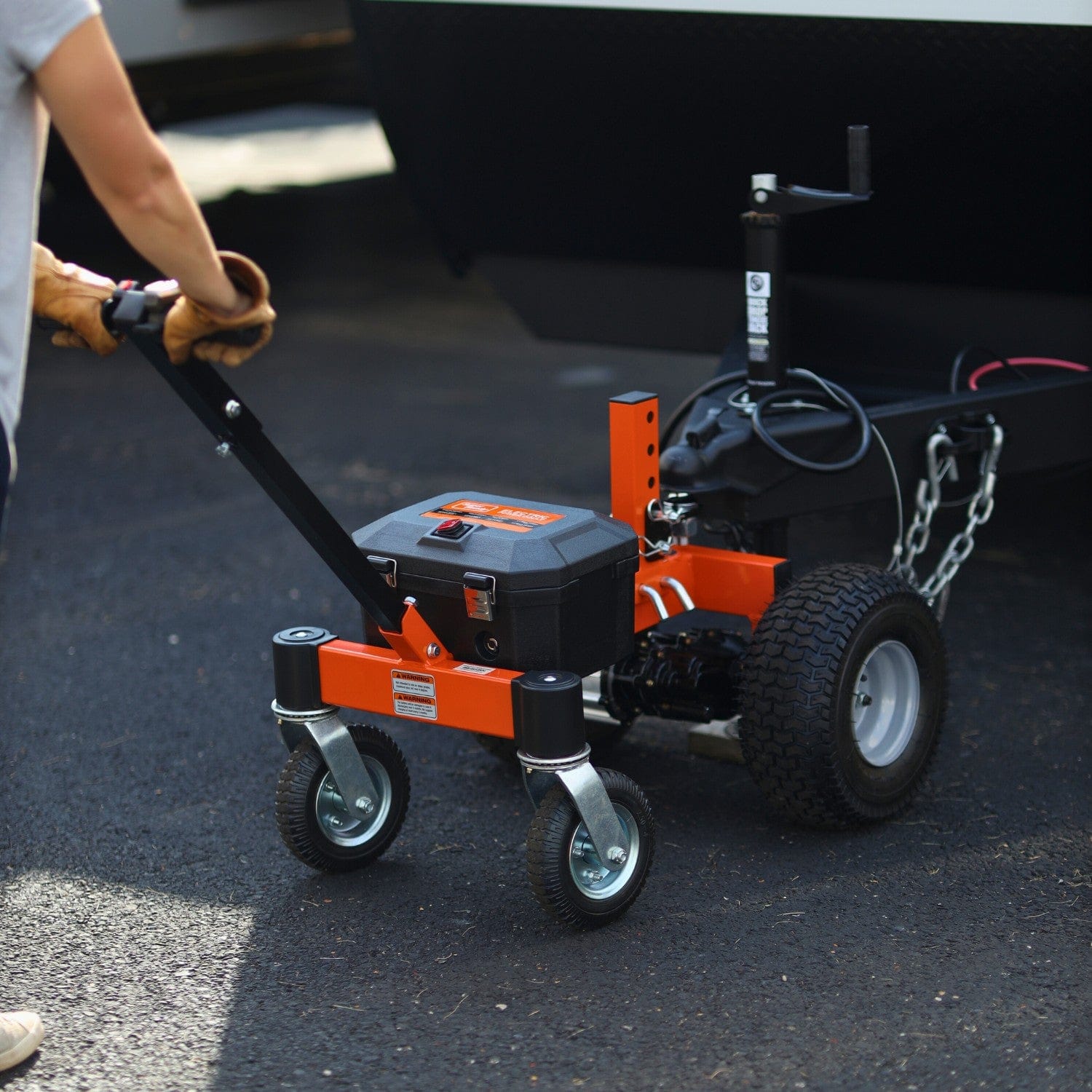
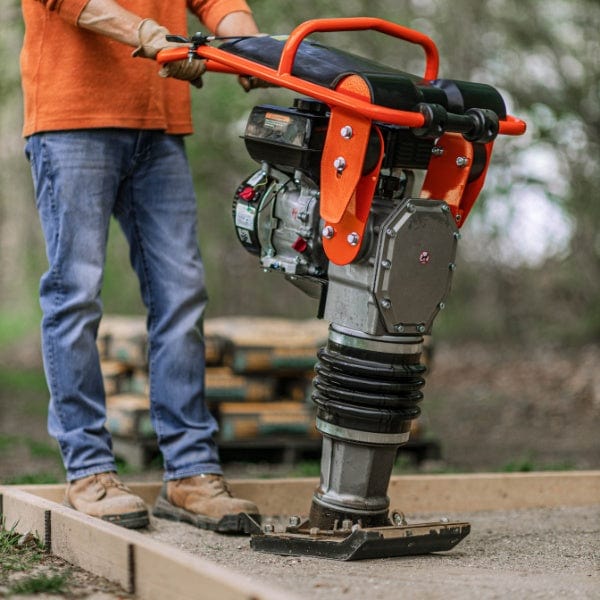
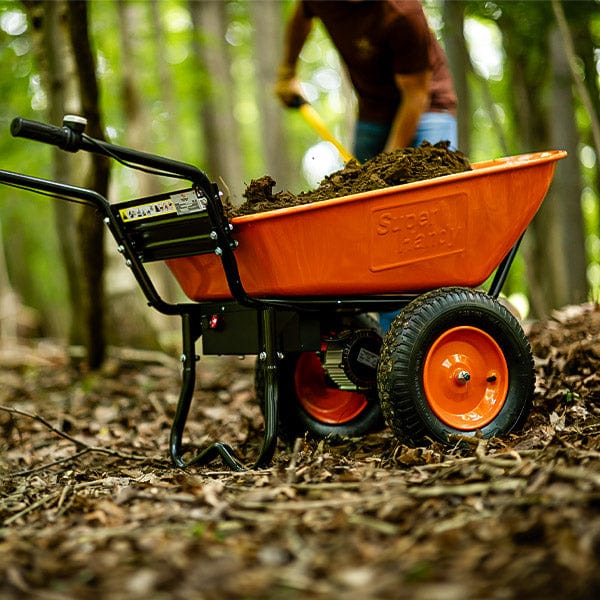
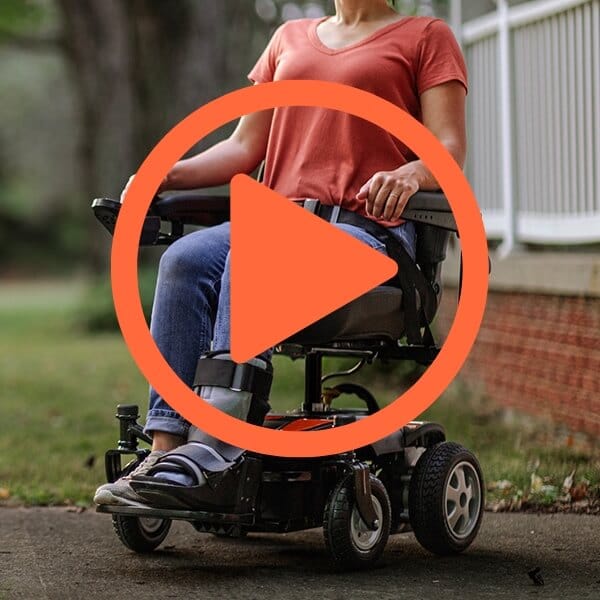

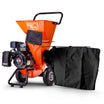
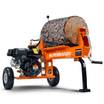

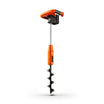
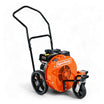
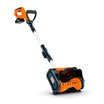
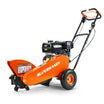
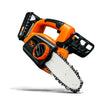
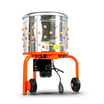

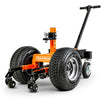
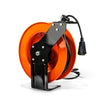
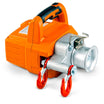
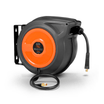
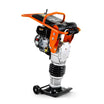
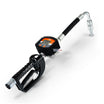
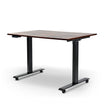
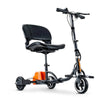
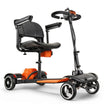
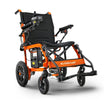


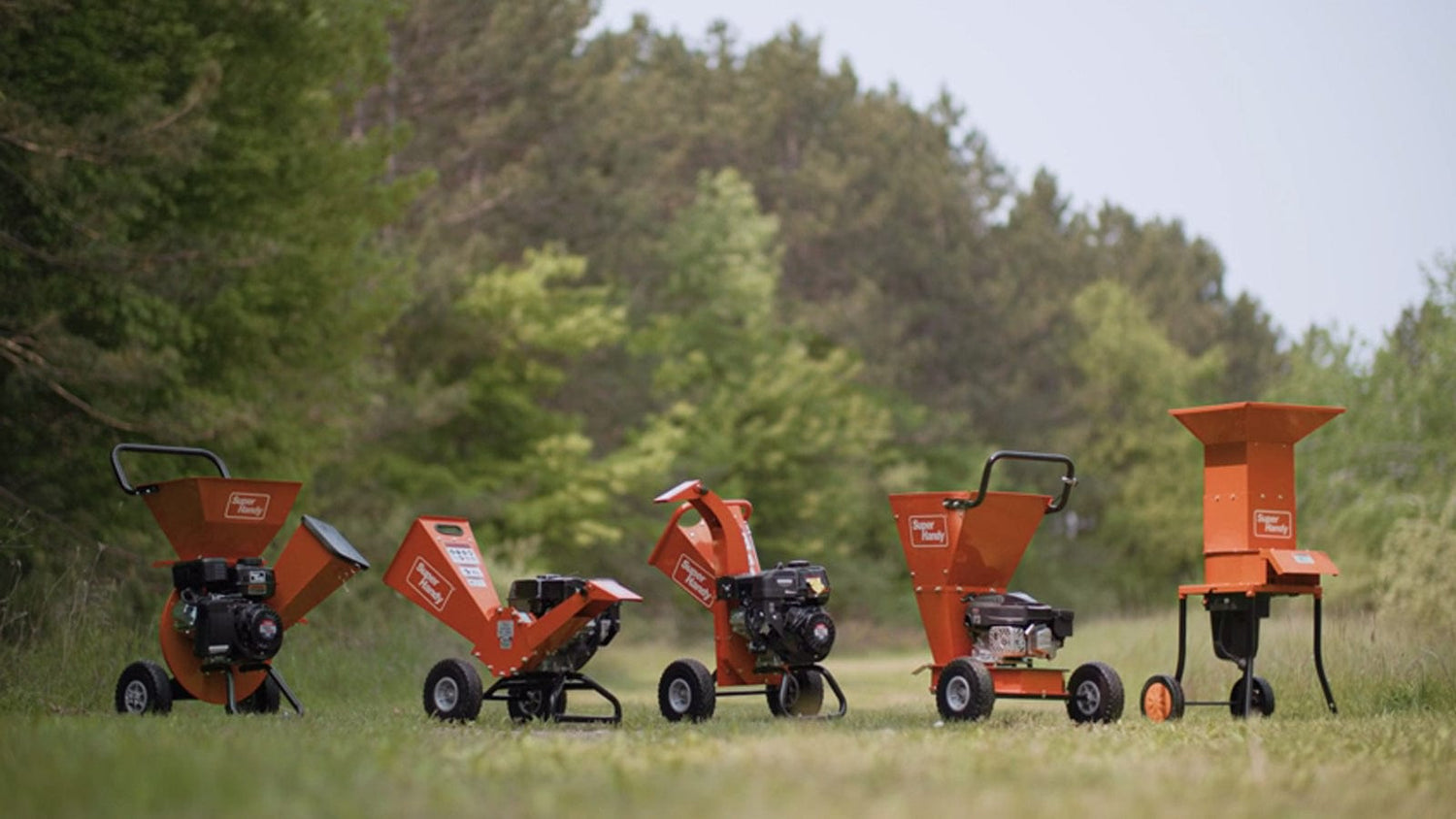
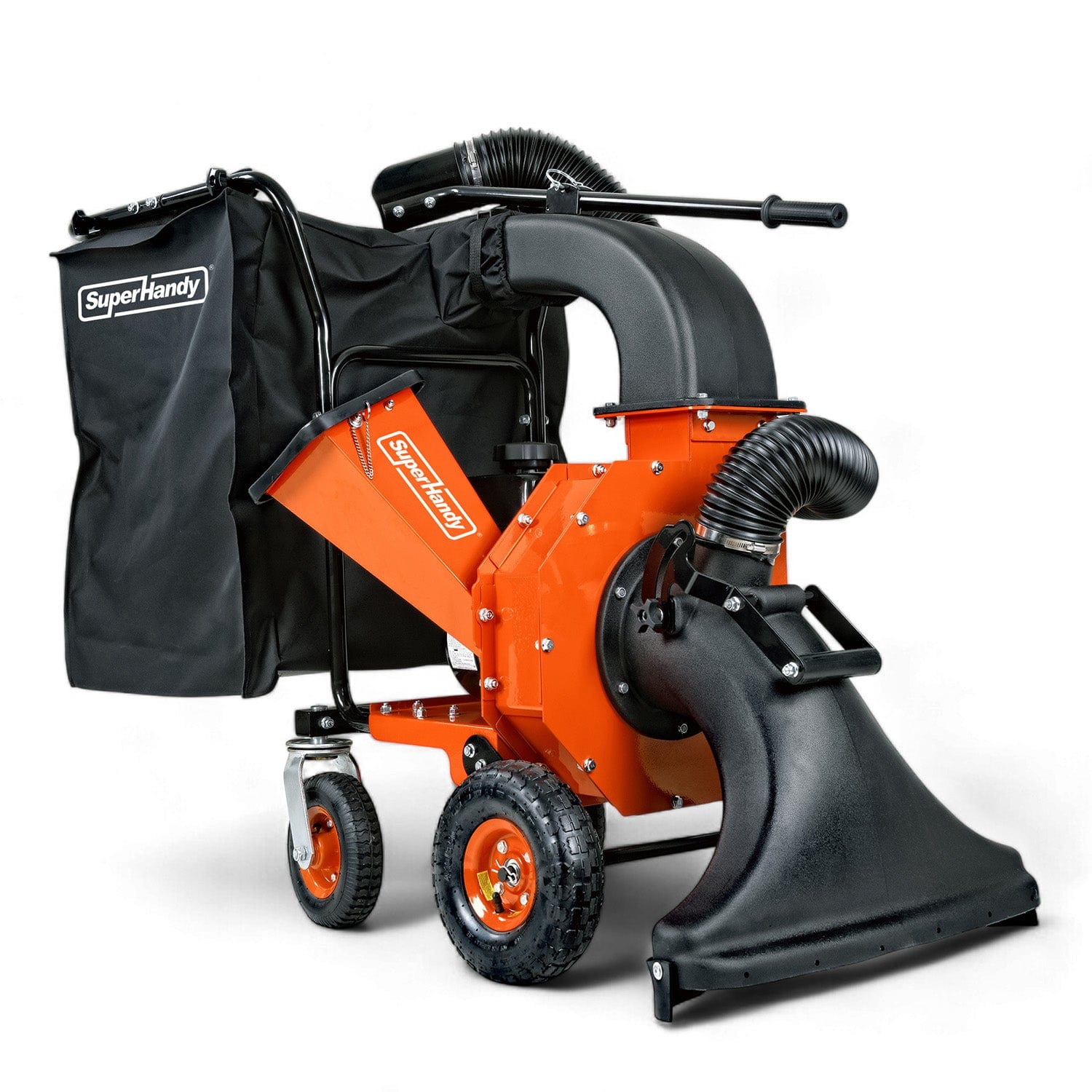
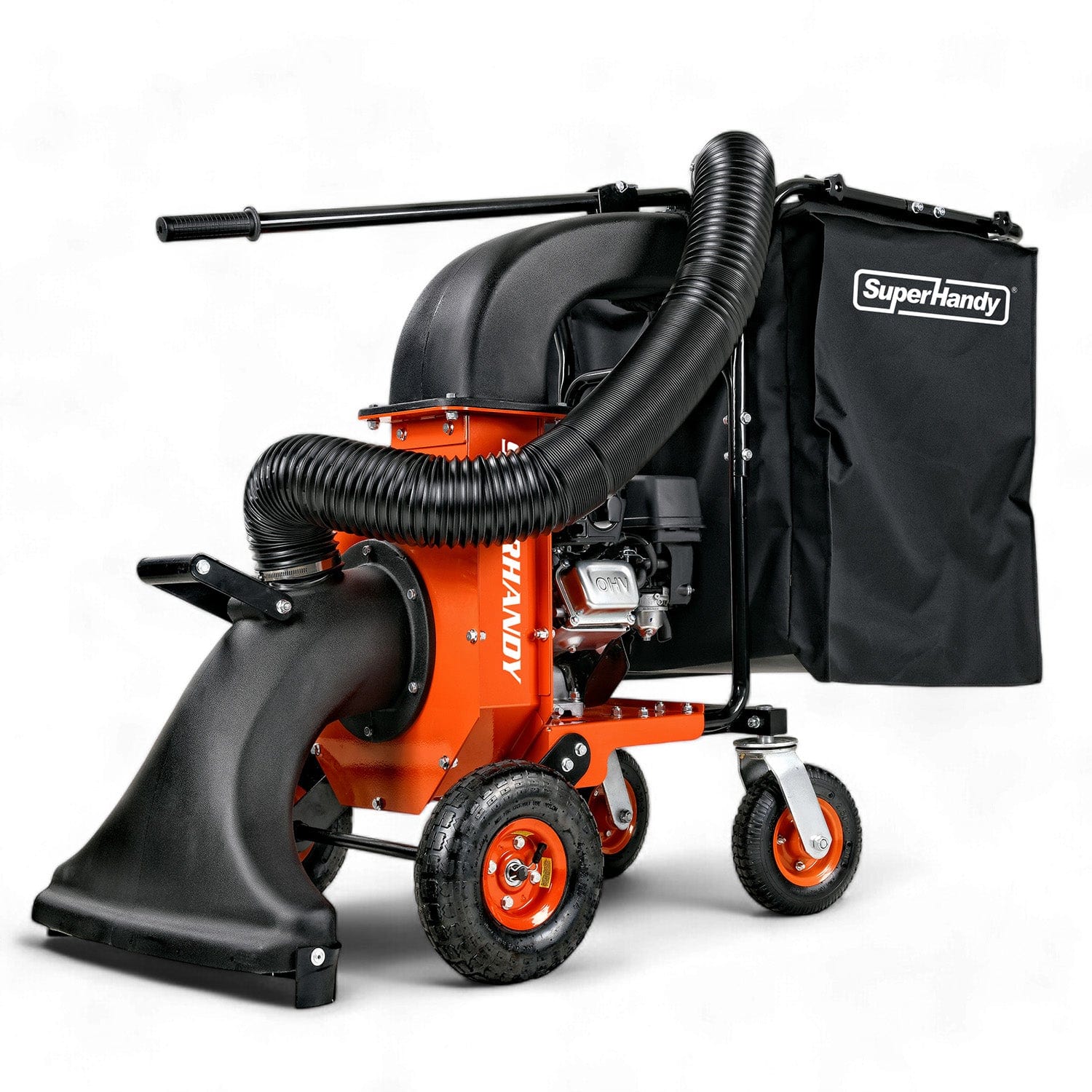

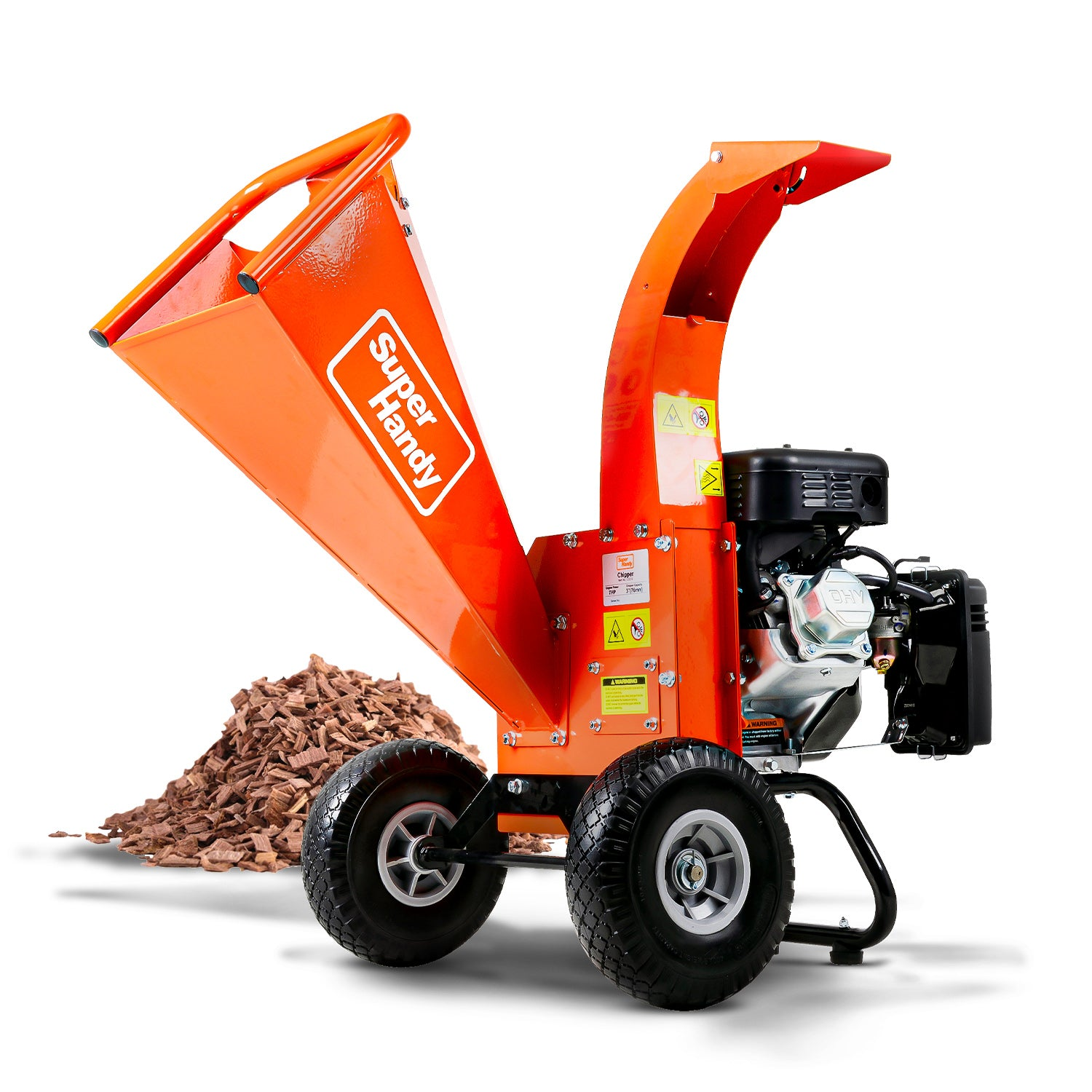
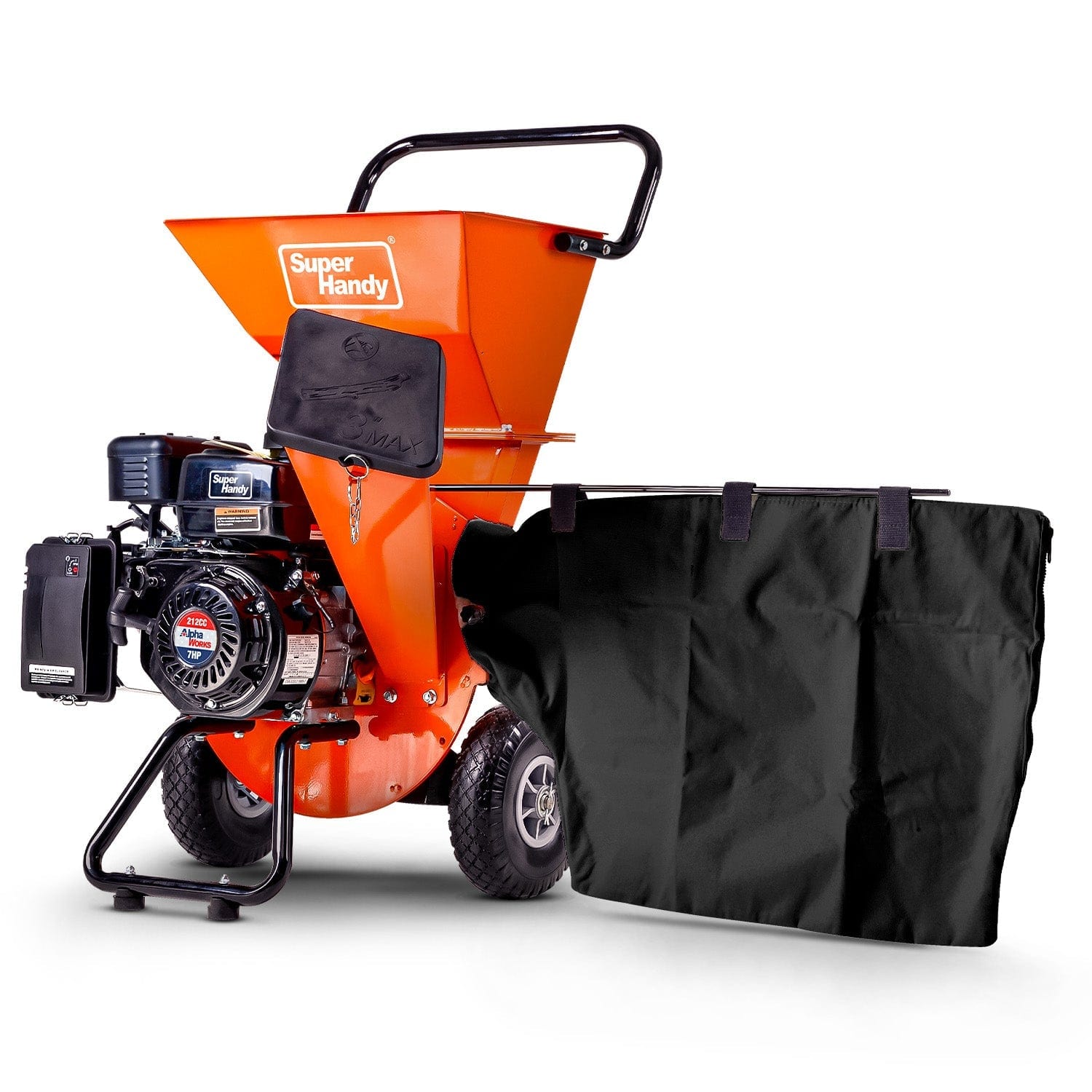
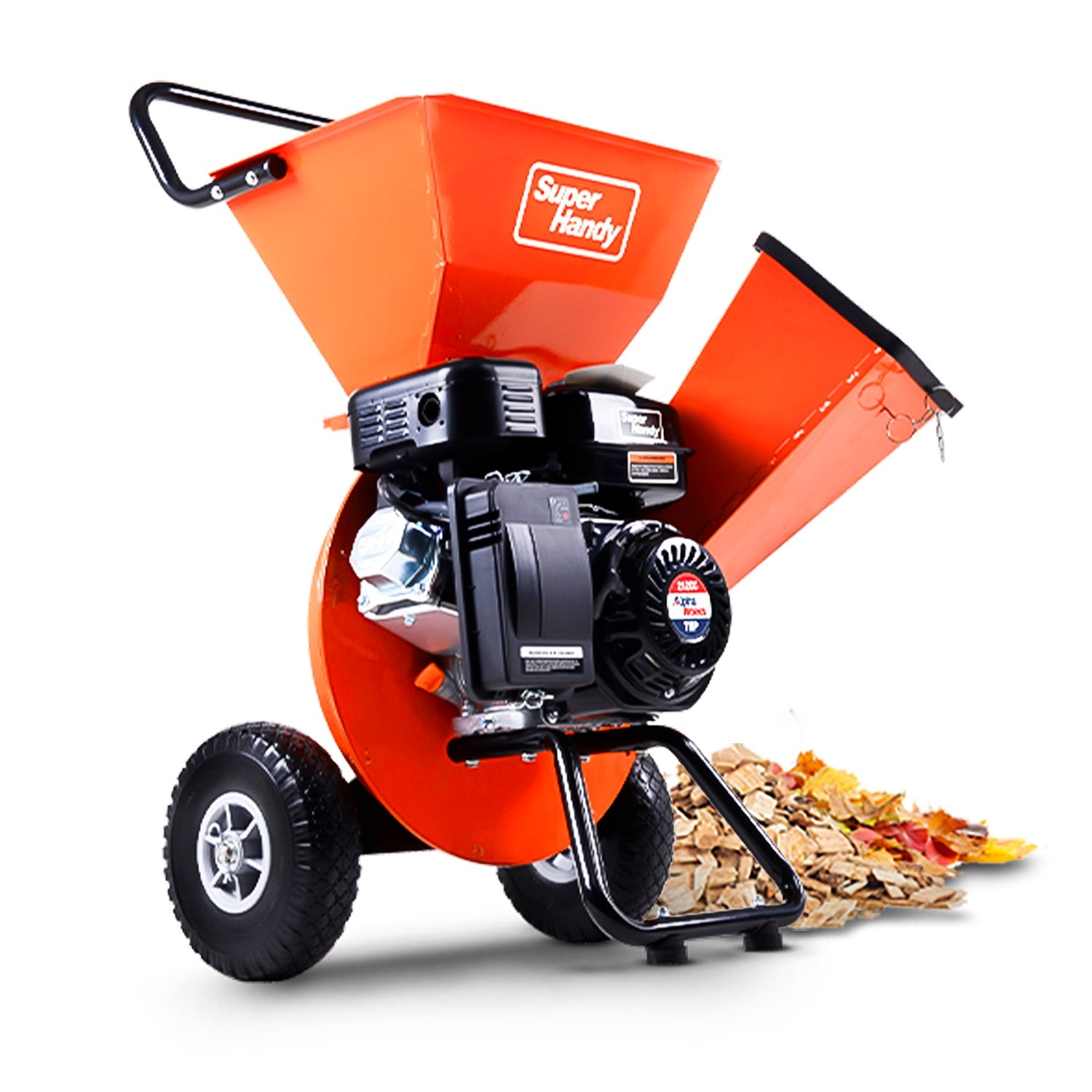
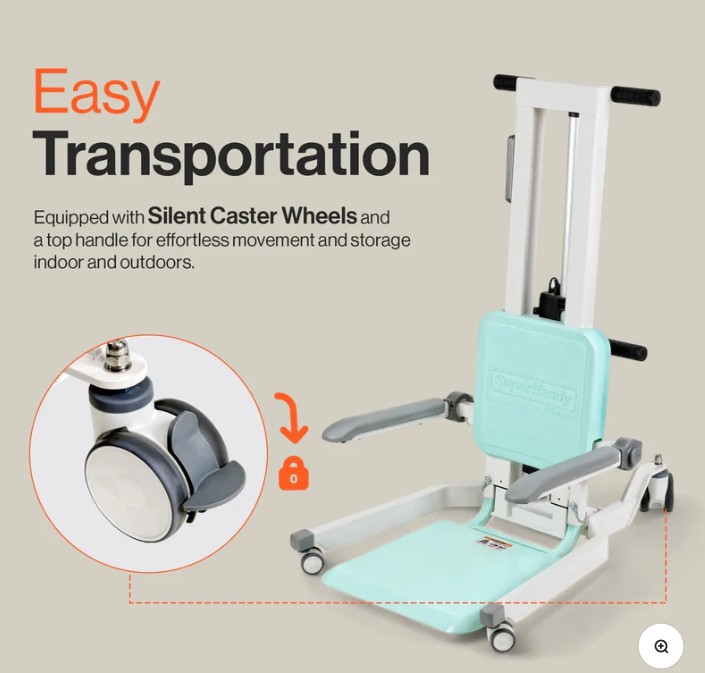
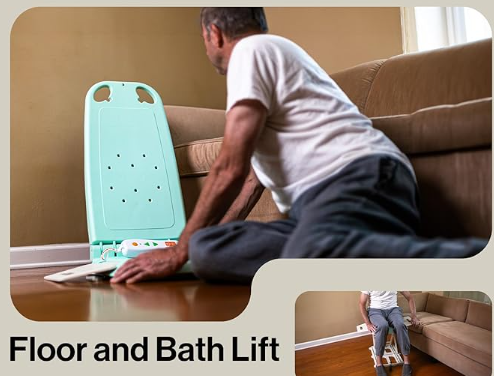
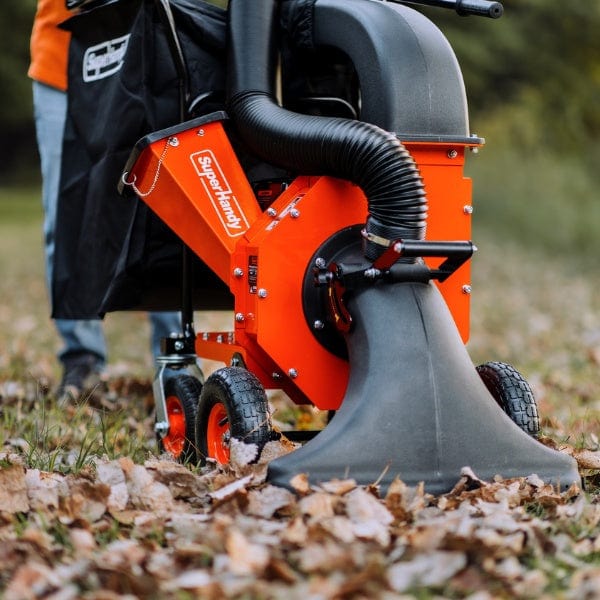
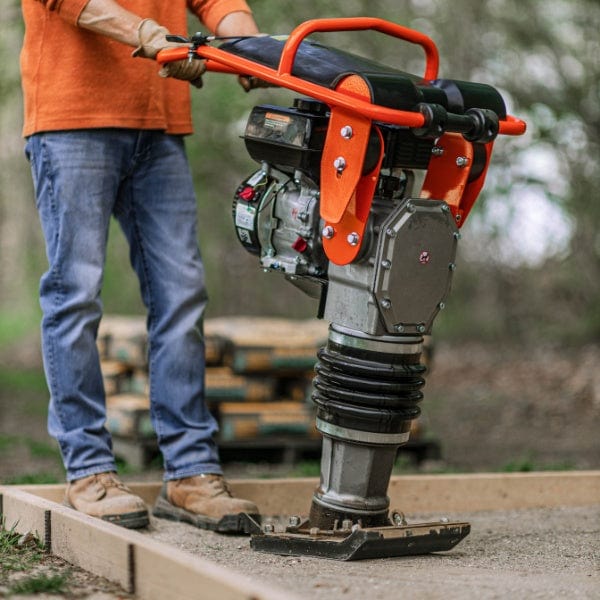
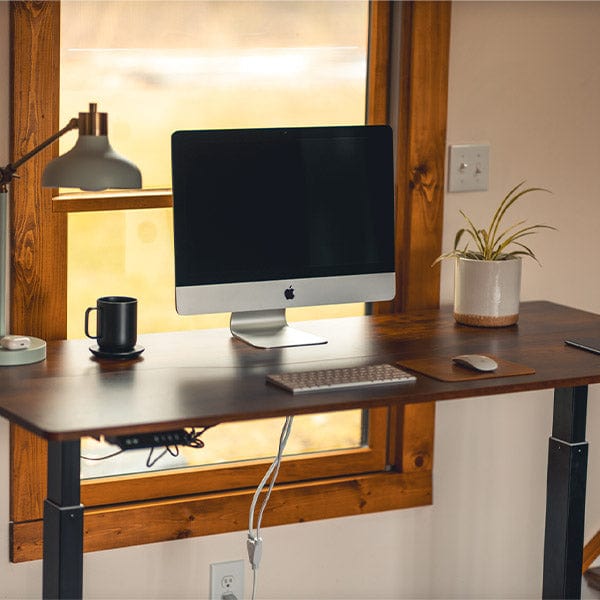

Leave a comment
All comments are moderated before being published.
This site is protected by hCaptcha and the hCaptcha Privacy Policy and Terms of Service apply.